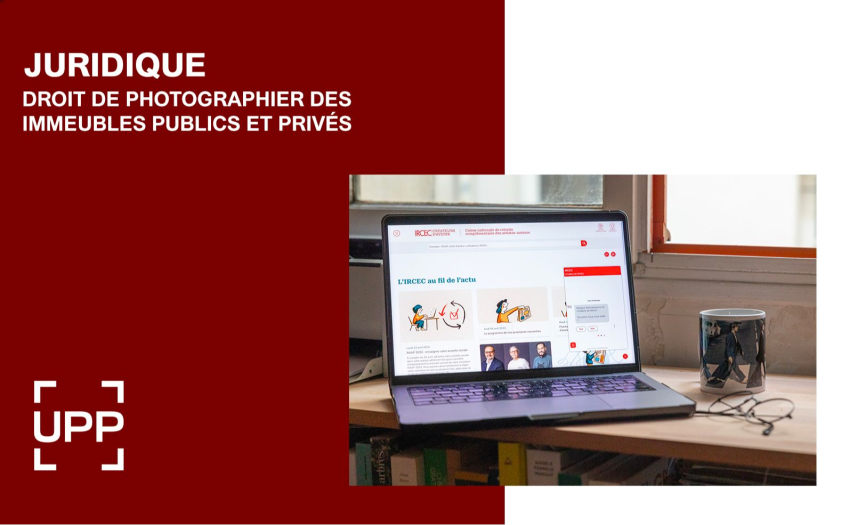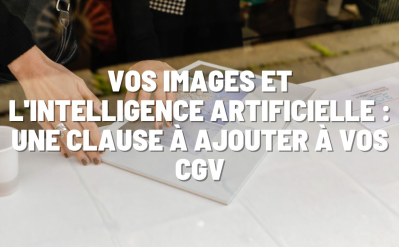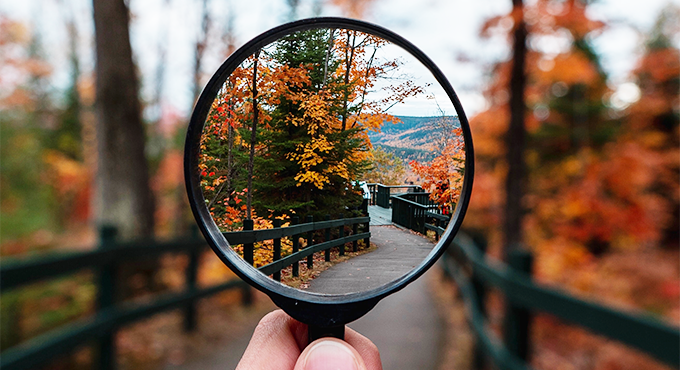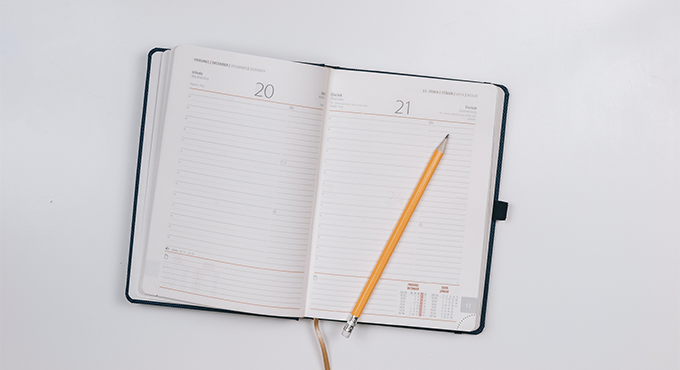News

Credit: Emmanuel Perret
Right to photograph public and private buildings
09 September 2024
Legal
Viewed 793 times
Having recently had the pleasure of chatting with one of our members on this subject, I'm taking advantage of the return to school and the last few fine days, which might make you want to photograph...
You must be cotisant to read the rest






